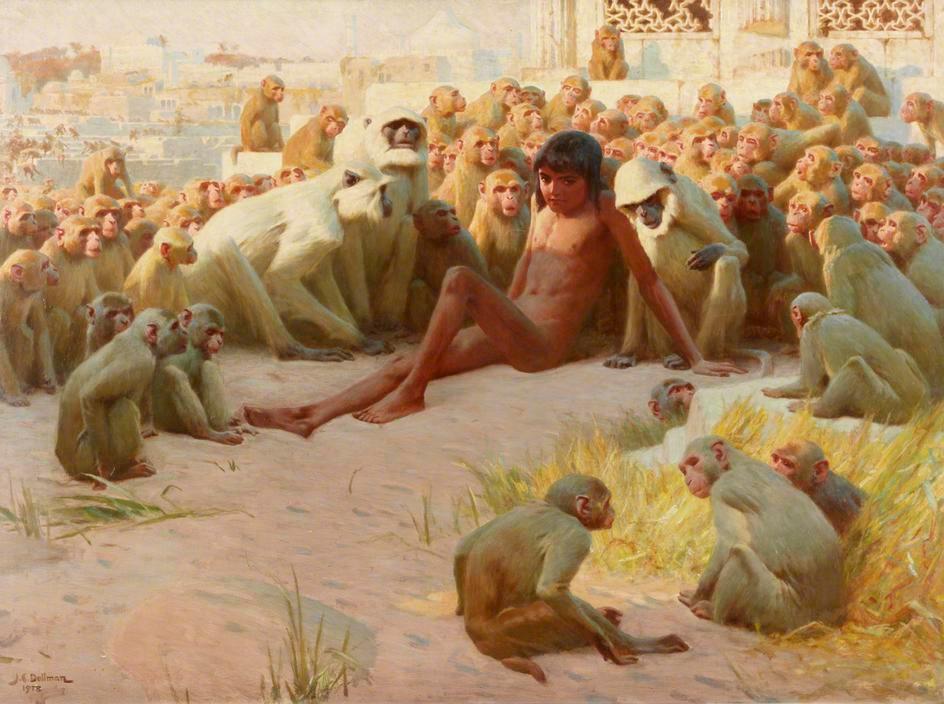Education is a journey, and, as with any journey, there must be some initial idea or inkling of the destination before there can be any reasonable means to arrive there. The end of education is, of course, the truth, and there exist few truthful awakenings like Mother Goose’s nursery rhymes. As a wondrous introduction to the paths of wisdom, grown-ups in playroom and classroom know well why Mother Goose matters.
Mother Goose nursery rhymes introduce children to the world through the medium of images and words. They are musical and imitative vignettes of reality, constantly shifting their gaze, page by page, from one subject to another. What focus there is, is on the household, the countryside, and everyday life—the sorts of things that happen when people wake up, eat meals, do chores, play games, and go to bed. Mother Goose is not so concerned with the deeper mysteries since the surface of things is wonderful enough to any child who is seeing it for the first time. Mother Goose rhymes portray plain, honest, and playful quips in plain, honest, and playful fashion, with a profundity and simplicity that most have forgotten through custom.





